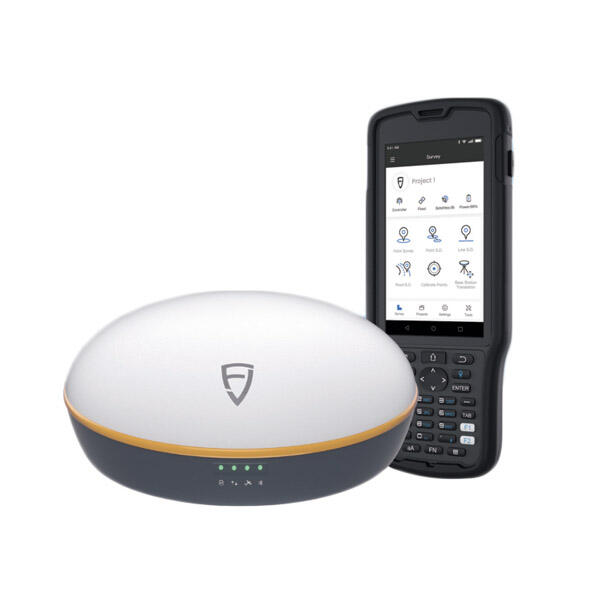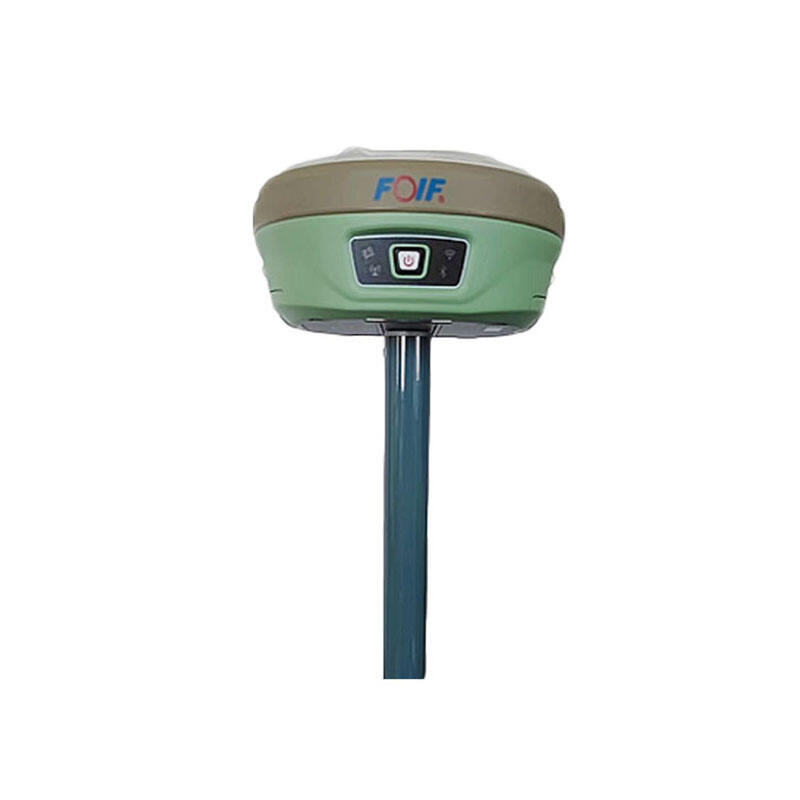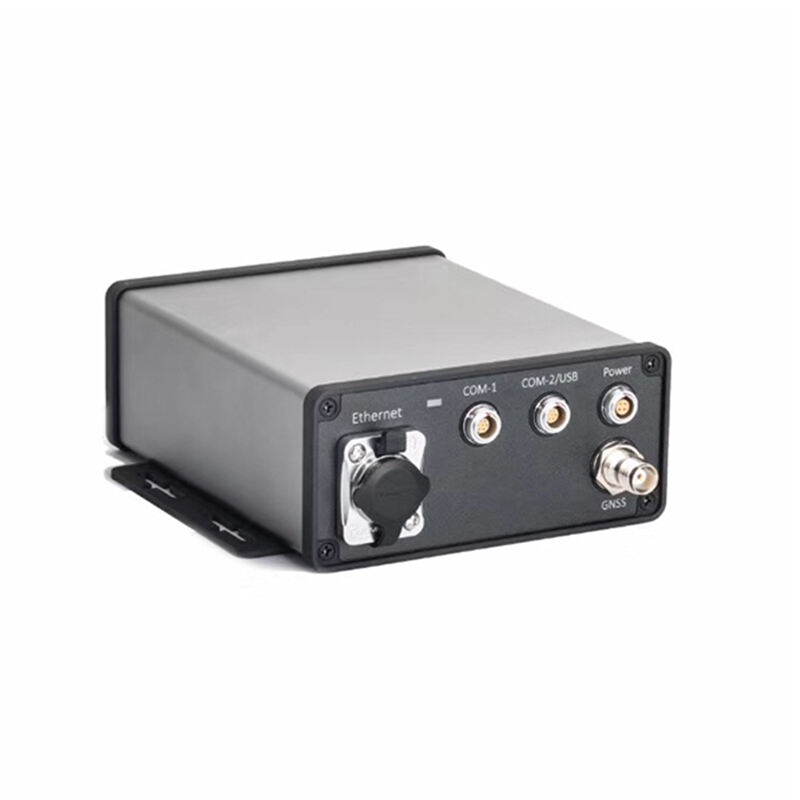dual band gnss receiver
A dual band GNSS receiver represents a significant advancement in satellite navigation technology, operating simultaneously on two different frequency bands to provide enhanced positioning accuracy and reliability. This sophisticated device processes signals from multiple global navigation satellite systems, including GPS, GLONASS, Galileo, and BeiDou, utilizing both L1/E1 and L5/E5 frequency bands. The dual frequency capability allows the receiver to effectively compensate for ionospheric errors, which are one of the primary sources of positioning inaccuracy in single frequency systems. By comparing signals from two different frequencies, the receiver can calculate and eliminate ionospheric delays, resulting in more precise position fixes. The technology incorporates advanced multipath mitigation techniques, enabling better performance in challenging environments such as urban canyons where signal reflections can cause positioning errors. Modern dual band GNSS receivers typically feature high sensitivity components, rapid signal acquisition capabilities, and sophisticated signal processing algorithms. These devices find applications across numerous sectors, including precision agriculture, surveying, autonomous vehicles, marine navigation, and professional grade mapping. The integration of multiple satellite constellations and frequency bands also provides improved availability and continuity of service, making these receivers particularly valuable for applications requiring consistent, high precision positioning.


